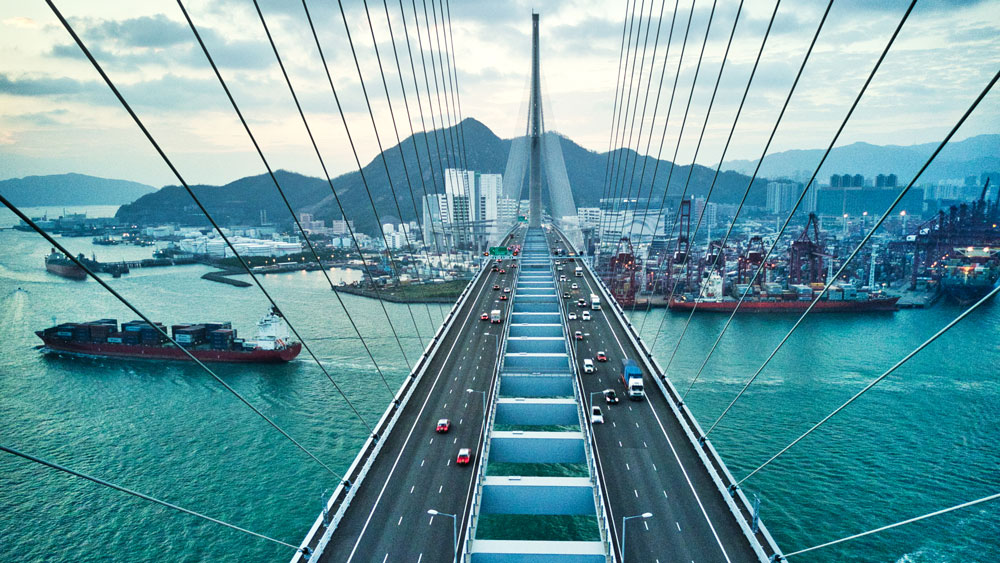
Coastal events like rising sea levels, the “moon wobble” and the tragic collapse of the Champlain Towers South condo in Miami, Florida, are bringing coastal structure safety to the forefront of the media.
The saline-rich and humid environment of the ocean and coast is hazardous to building materials, causing them to corrode and break down over time. As waters rise, coastal structures are put at more risk against the aggressive elements of their oceanic home.
Dr. Marcelo Paredes, assistant professor in the Department of Ocean Engineering at Texas A&M University, bridges the gap between ocean engineering and materials science with his research developing corrosion-resistant high entropy alloys and materials modeling.
“Until we find or discover new materials that are able to withstand these very aggressive environments, structural engineers are going to have to continue to face the possibility of the types of accidents seen in Miami,” he said. “In the meantime, ocean engineers must push to find another solution to avoid these tragedies.”
One possible solution is Paredes’ corrosion-resistant high entropy alloys. While not ready for commercialization, these alloys offer a glimpse into the future of coastal engineering as they combine five elements in near equal parts to create a material with enhanced qualities.
“The idea is that you have a super material in these high entropy alloys,” Paredes said. “Lightweight, durable and resistant, not only regarding mechanical loads but also against environmental stressors. Now, we must make these materials affordable to manufacture.”
By developing new materials and continuing to investigate the different factors that affect material performance, researchers provide industry engineers with the tools they need to better understand the physical and mechanical processes building materials undergo and how it impacts the health of coastal structures.
As Paredes explained, when buildings are constructed, their frames are often made out of reinforced concrete and steel. This is usually achieved by embedding steel bars inside the concrete to give it extra strength. However, along the coast, cracks and spalling (chipping and flaking) of the concrete over time eventually expose the steel to the saline and humid air, causing it to corrode and rust. This not only weakens it but also increases its volume, which causes further cracking of the concrete and degradation of the overall structural integrity. If left unfixed, it could lead to a collapse.
This means two things for engineers involved with ensuring the ongoing safety of standing coastal and offshore structures: first, regular evaluations (and the implementation of structural recommendations from the evaluations) are vital and second, structures in critical condition need to be decommissioned.
Ocean engineers, Paredes explained, are vital in future safety and construction of coastal structures as they continue to research how materials are affected by the ocean and coastal environment. This includes, for example, researching how metals are impacted by water, what chemical reactions take place on the surface of materials exposed to salt water and how much oxide is released.
“Working in this field is exciting and, at the same time, it’s overwhelming,” he said. “The potential impact of our research directly influences people’s lives and safety. It isn’t just advancing research, but it’s results that industry will use in policies, structure construction and other future applications.”The Ocean Energy Safety Institute
The Texas A&M Engineering Experiment Station will lead energy-sector stakeholders, several national labs and universities in 10 states in a five-year, $40 million agreement with the U.S. Department of the Interior’s Bureau of Safety and Environmental Enforcement and the U.S. Department of Energy. Learn more about the Ocean Energy Safety Institute.